The “disposable books” story has been around for years and is increasingly revealing of the huge waste it represents.
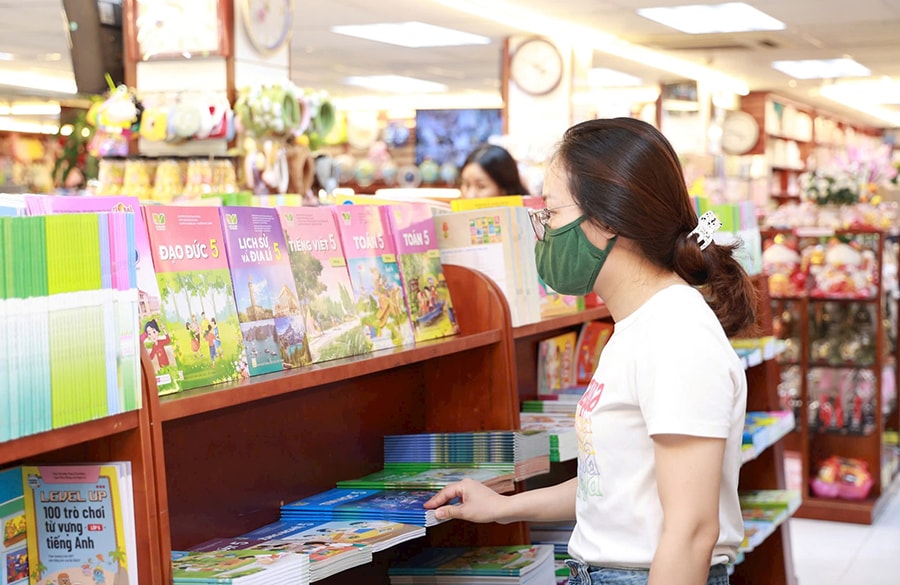
There are only 10 days left until the new school year 2025-2026 begins. But instead of reusing old textbooks from previous classes, many parents are worried that their children will have to buy new textbooks, because many books cannot be reused. The first reason is that the current mechanism allows each school, even each class, to choose one of three different sets of books: Connecting knowledge with life, Creative horizons, and Kite. This makes giving old books to students of the next class almost meaningless. As a result, many sets of books are only used once and then thrown away.
For example, the family of Ms. Nguyen Thuy Trang (Phu Dien Ward) has a daughter who has just finished 11th grade at Nguyen Thi Minh Khai High School, but her son is studying in a class below her at another school in the ward and cannot reuse her sister's textbooks. The reason is that her son's class does not use the textbooks that her daughter's school teaches.
“Although I felt regretful about the pile of nearly 20 textbooks, I had to sell them as scrap paper because no one would want them. I thought about sending the books to students in remote areas, but I didn’t know if their schools taught this textbook, so I gave up that idea,” Trang shared.
The second problem that makes reusing many textbooks impossible is that the workbooks are designed with multiple-choice questions that require students to fill in directly into the book. What is unreasonable is that many schools do not require students to do the exercises in the books but still require parents to buy enough workbooks. For example, in the book series Connecting knowledge with life, in the workbooks for information technology, economic and legal education, math, physics for grades 10, 11, 12, in the two types of exercises assigned, multiple-choice and essay, students can only fill in directly into the book in the multiple-choice part, while the essay part still has to be done in notebooks.
Similarly, in the 11th grade economic and legal education workbook, the direct answer section in the book has many limitations such as small print, narrow line spacing, not enough space for students to write their feelings, develop scripts or write skits as required.
Education experts all agree that textbooks should only be designed as a form of instruction manual, and exercises should be written in separate notebooks, thereby helping to preserve and reuse books for future generations.
The shortcomings in the use of textbooks have put pressure on many parents as the new school year approaches, especially for families with financial difficulties. It is also worth mentioning that people have to spend their budget to buy tens of millions of sets of textbooks each year, many of which are not really necessary, which has created a significant waste. In the 2024-2025 school year, the whole country has about 23 million high school students, with an average price of each set of textbooks of about 300,000 VND, which means that people have spent nearly 7,000 billion VND on textbooks. If textbooks are reused, Vietnam will save several thousand billion VND each year.
On August 13, the National Assembly Standing Committee gave opinions on the draft Law amending and supplementing a number of articles of the Law on Education. Chairman of the Delegation Work Committee Nguyen Thanh Hai proposed that the draft Law adjust appropriate regulations to avoid the situation where students have to write in textbooks, making the books unusable, causing great waste.
Millions of books are used for only one year and then thrown away, which is a long-term and alarming waste. It is time to change the approach so that each book becomes a truly sustainable knowledge asset, instead of a “buy and throw away” item that causes millions of families to spend unreasonably.
Source: https://hanoimoi.vn/sach-giao-khoa-dung-mot-lan-lang-phi-den-bao-gio-713564.html




![[Photo] President Luong Cuong receives delegation of the Youth Committee of the Liberal Democratic Party of Japan](https://vphoto.vietnam.vn/thumb/1200x675/vietnam/resource/IMAGE/2025/8/22/2632d7f5cf4f4a8e90ce5f5e1989194a)


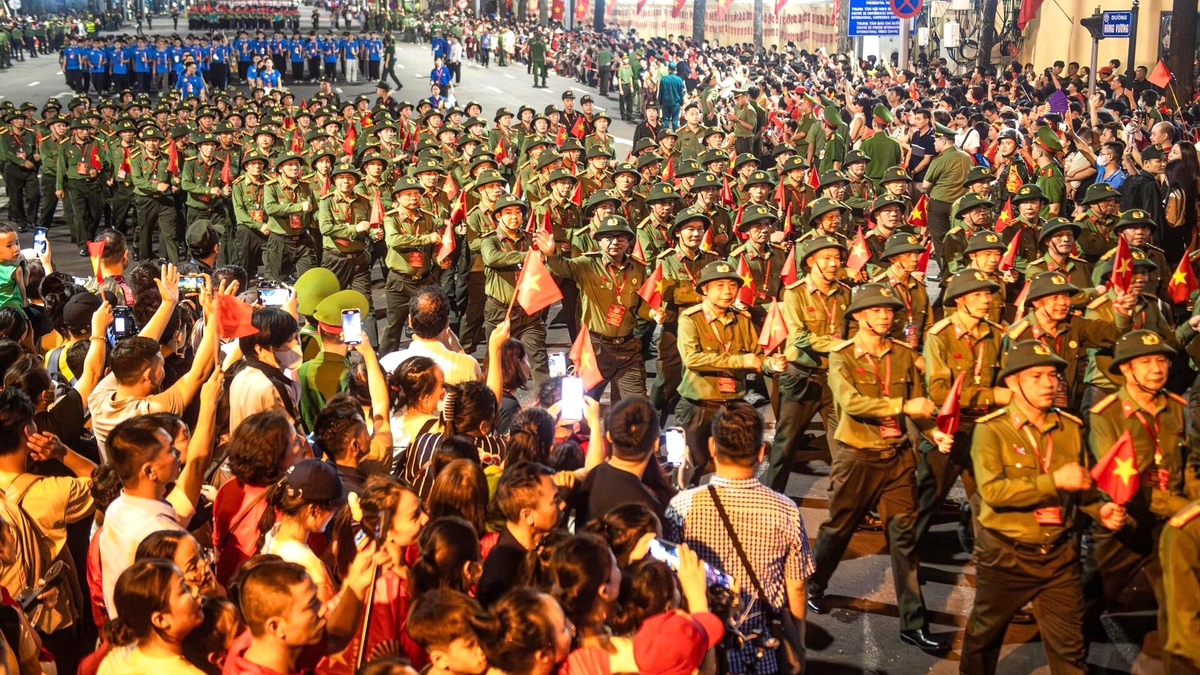

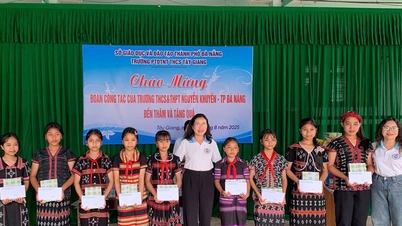

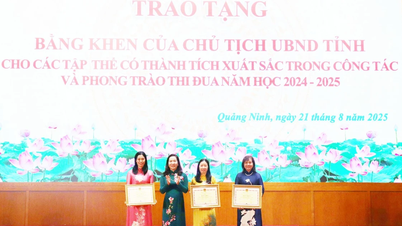

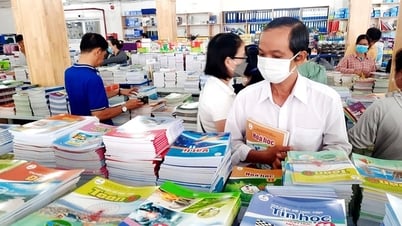

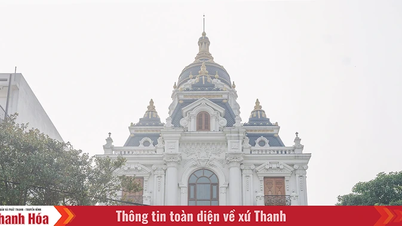

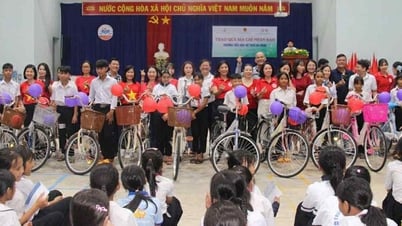
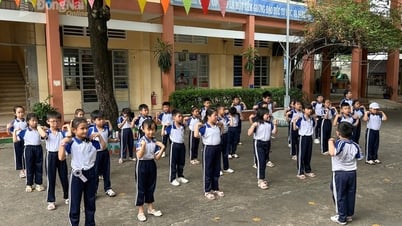



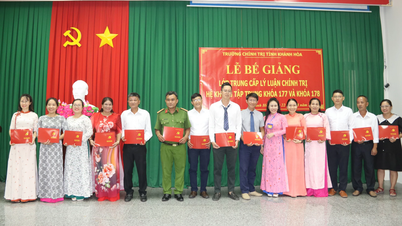



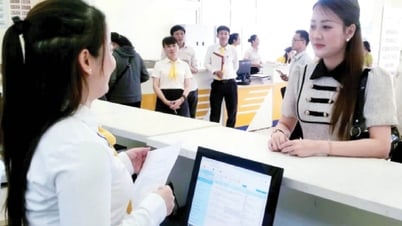

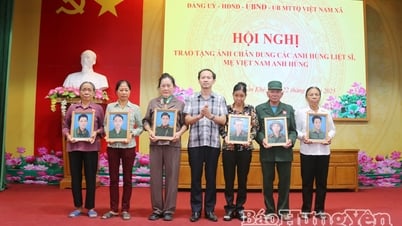

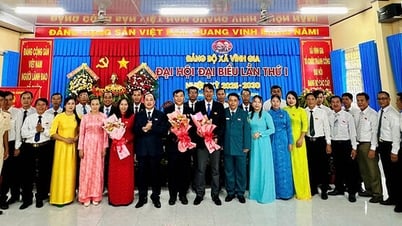





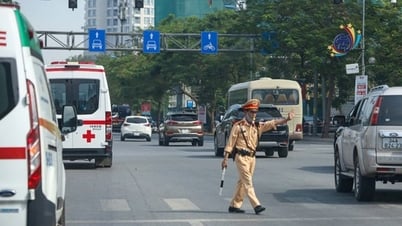
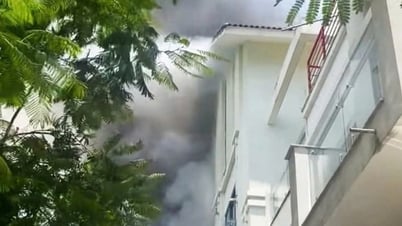


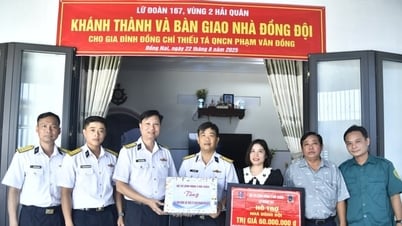

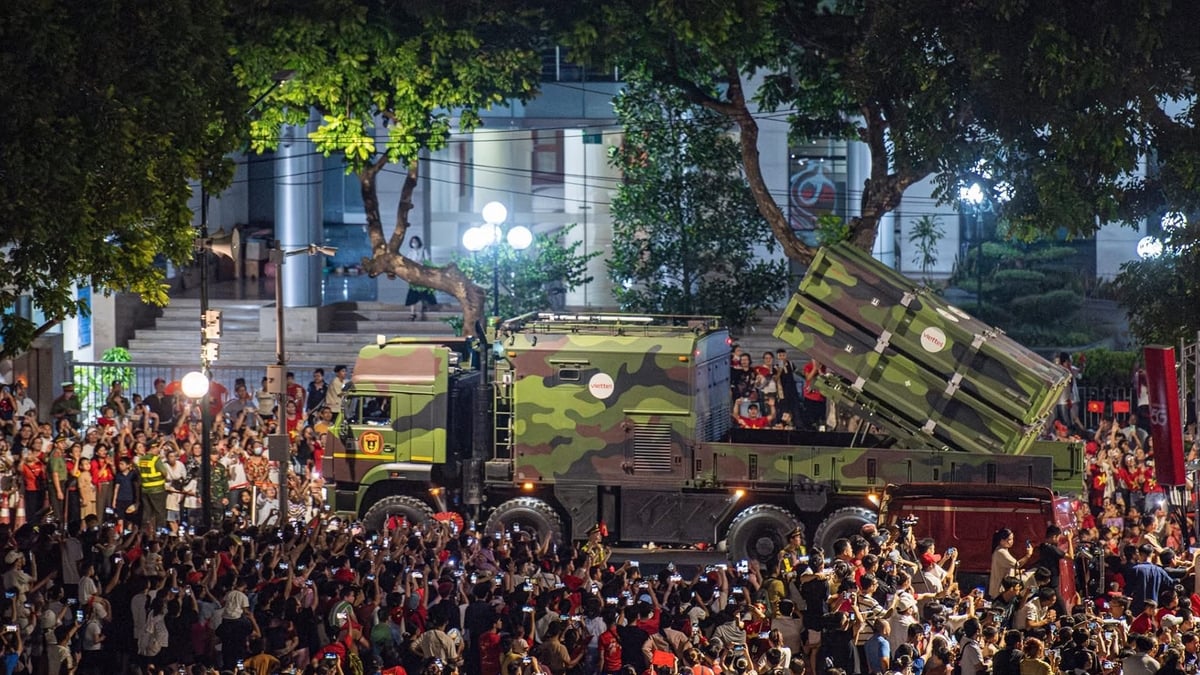





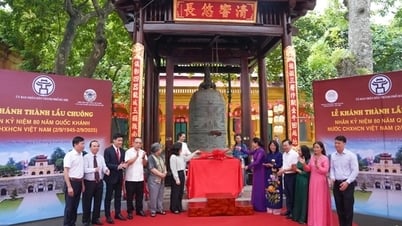

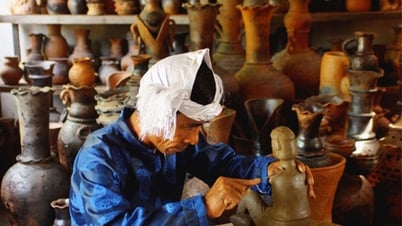









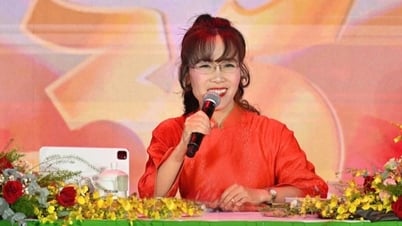
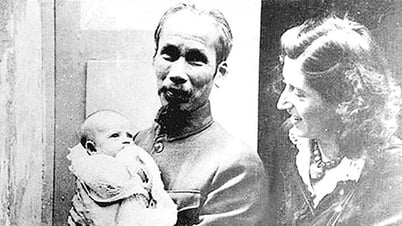









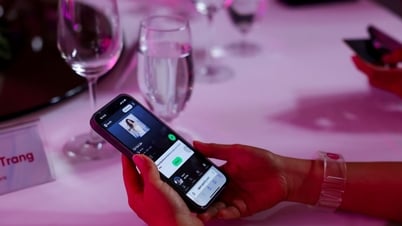
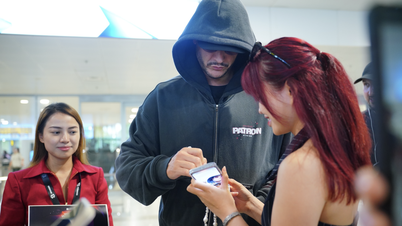
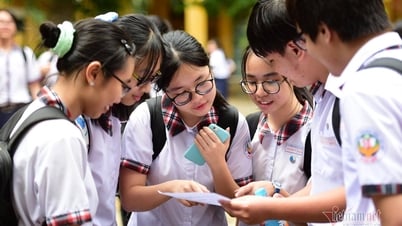
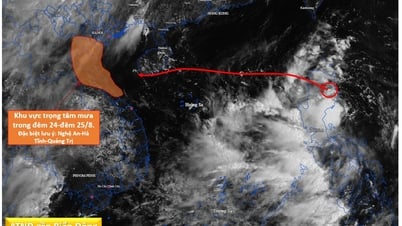
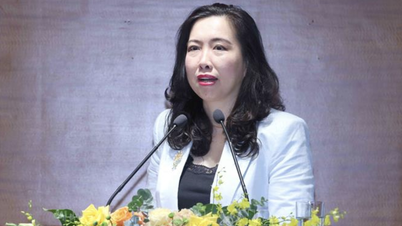








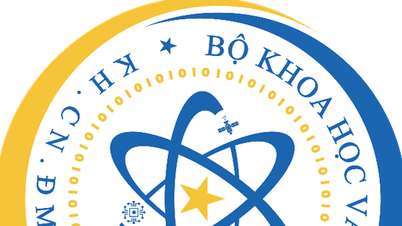





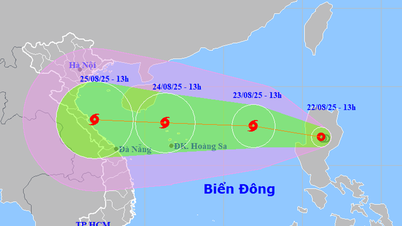
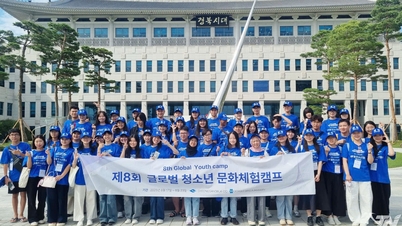

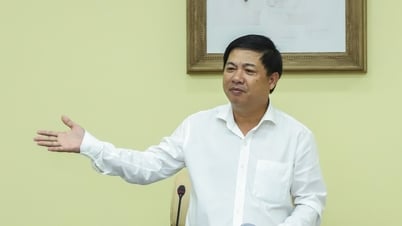





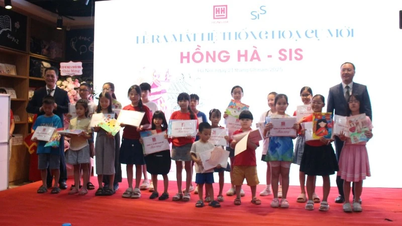



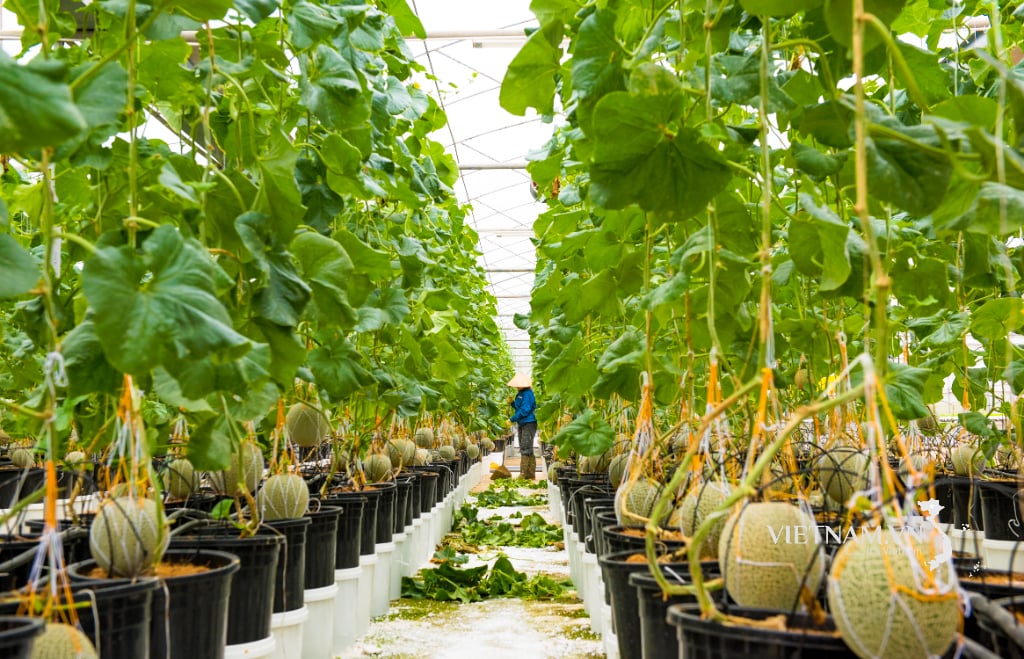

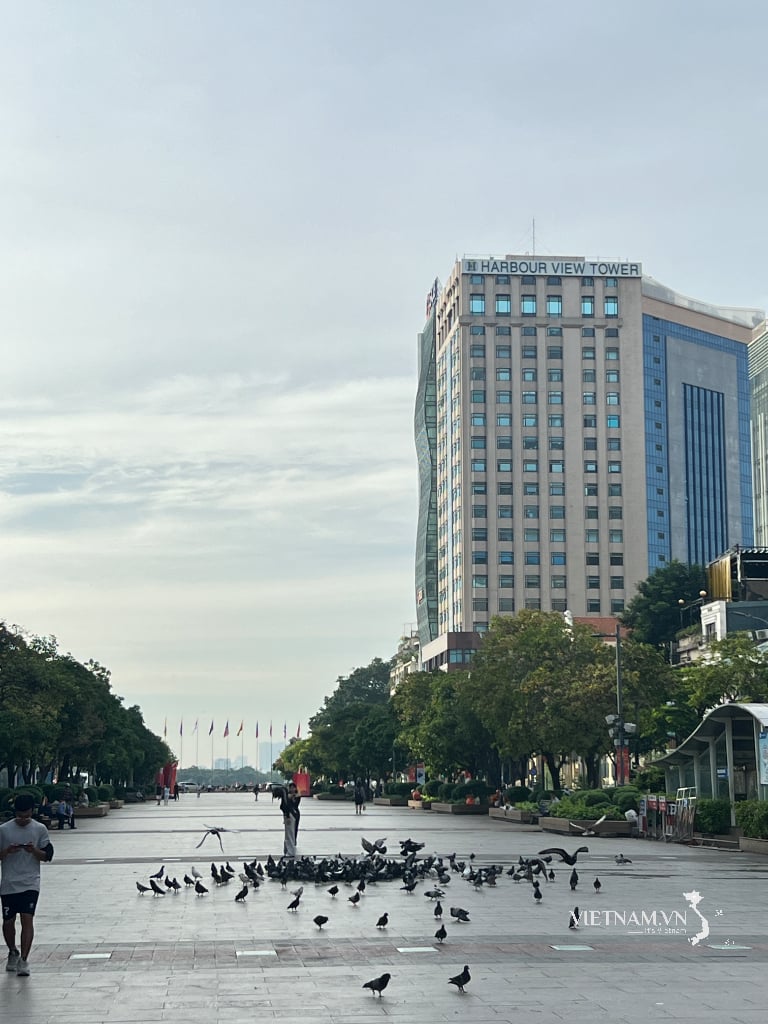
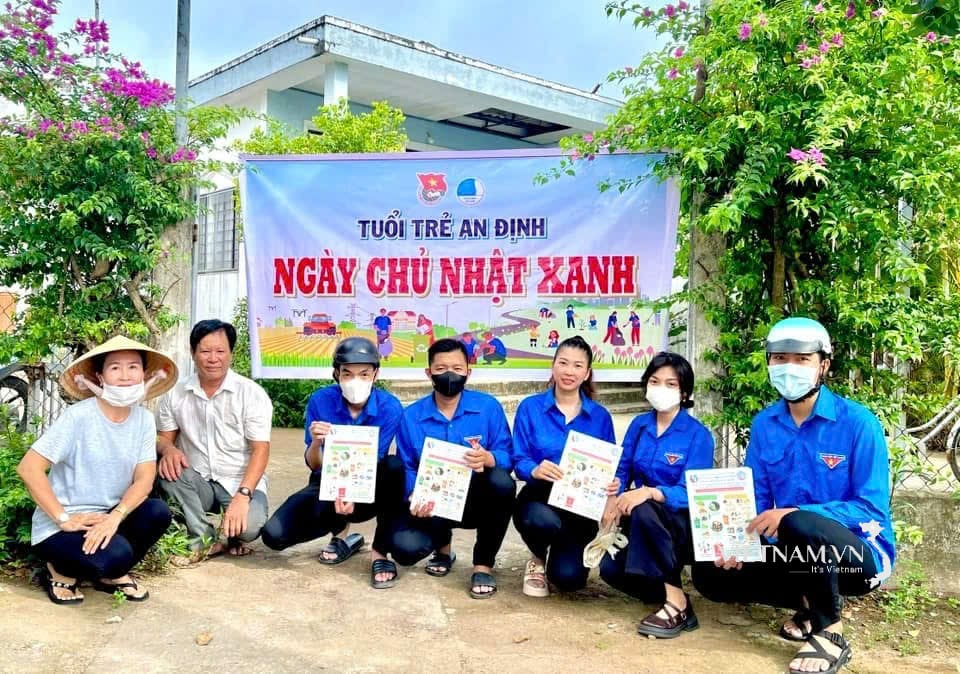
Comment (0)